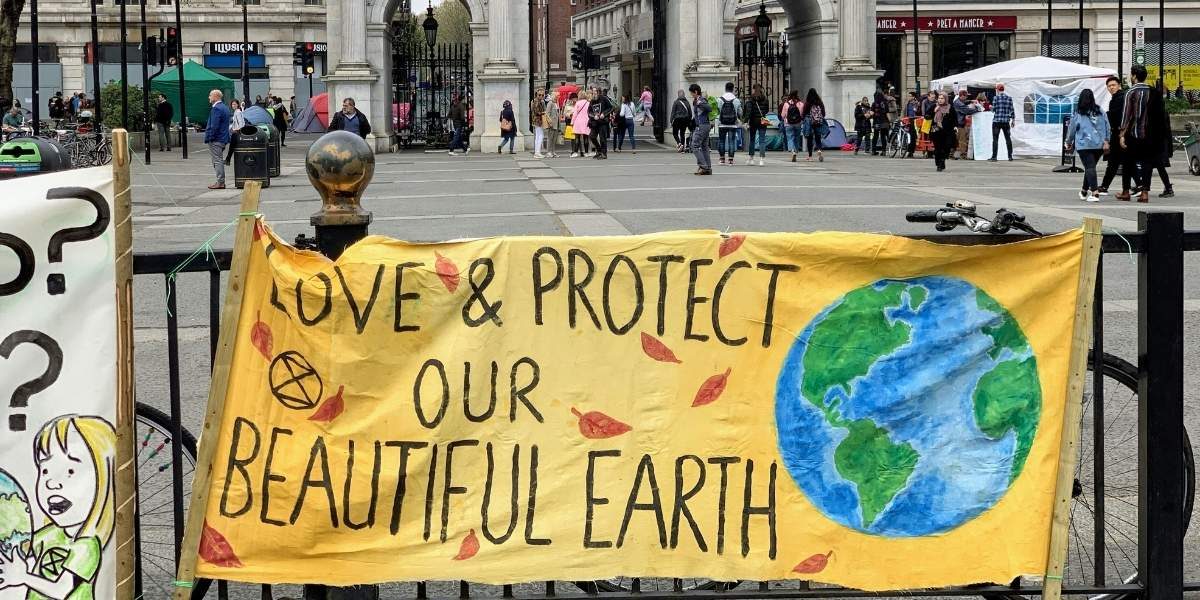Climate reports, biodiversity loss, and environmental degradation often dominate headlines, creating the impression that the future of the planet rests solely in the hands of governments and corporations. While large-scale policies are essential, the role of individual action in saving Earth is equally critical. Every choice made in daily life—what to eat, how to travel, what to consume—ripples outward, contributing to either harm or healing.
The belief that one person can’t make an impact often delays action. Yet history and science both show that collective individual behavior shapes global outcomes. It begins with awareness and grows through intention.
Read Also: Seattle’s Real Estate Market for Small Businesses
Why Does Personal Responsibility Matter?
Understanding the link between personal behavior and environmental health is the first step toward meaningful change. From resource consumption to waste generation, the daily footprint of a single person, multiplied by billions, becomes a powerful force. The water used during showers, the electricity powering devices, the food consumed—all of it carries an environmental cost.
Personal responsibility doesn’t mean living perfectly. It means acknowledging that everyday decisions play a role in either damaging or protecting ecosystems. When individuals prioritize sustainable choices, they influence demand, inspire others, and support broader change.
How Can Small Lifestyle Changes Create Big Impact?
One of the most effective ways to contribute to saving Earth is by making small, consistent lifestyle adjustments. These changes often require minimal effort but lead to substantial environmental benefits over time. Reducing single-use plastics, choosing public transportation, and cutting back on food waste are examples of low-barrier actions that scale well across populations.
Even dietary shifts make a difference. Eating less meat, especially from industrial sources, lowers greenhouse gas emissions. Supporting local produce reduces transportation-related pollution. Choosing reusable items over disposable ones minimizes landfill growth.
While none of these actions alone will reverse environmental decline, together they shift cultural norms and reduce pressure on ecosystems.
In What Ways Can Individuals Support Renewable Energy?
Not everyone has access to solar panels or wind turbines, but individuals still influence energy systems. Reducing personal energy consumption through smart habits—like turning off unused lights, investing in energy-efficient appliances, and adjusting thermostats—lowers demand for fossil fuels.
Many energy providers offer green energy options, allowing households to opt into renewable sources even without physical installations. Choosing these programs signals public support for sustainable energy and encourages utilities to expand their offerings.
Electric vehicle adoption, where accessible, is another significant step. For those not ready to switch, carpooling, biking, or using transit options also cuts emissions.
How Do Conscious Consumers Help Save Earth?
The global supply chain reacts to consumer demand. Supporting brands that prioritize sustainability—through ethical sourcing, minimal packaging, or environmental certifications—pushes the market in a better direction. Every purchase is a vote for a certain type of world.
Avoiding fast fashion, choosing products built to last, and buying secondhand are all forms of responsible consumption. When individuals value quality over quantity, fewer resources are extracted and less waste is produced.
Spending habits also extend to financial services. Investing in environmentally responsible funds or choosing banks that avoid funding fossil fuel projects adds another layer of personal impact.
What Role Does Education and Advocacy Play?
Being informed is one of the most powerful tools in saving Earth. Individuals who understand environmental issues are better equipped to act and educate others. Reading reliable sources, watching documentaries, and engaging with scientists or local environmental groups can deepen understanding.
Advocacy doesn’t always mean public speaking or organizing rallies. It includes everyday conversations, social media posts, and community involvement. When people share knowledge and concern, they build momentum for change.
Supporting environmental legislation, voting for eco-conscious leaders, and participating in local sustainability projects are all extensions of individual influence that support systemic improvement.
Why Is Emotional Connection to Nature Important?
People protect what they feel connected to. Spending time in nature—whether through hiking, gardening, or simply being outdoors—builds appreciation for the planet’s beauty and fragility. This emotional bond fosters a protective mindset, making sustainable choices feel less like sacrifice and more like care.
Nature also restores mental well-being. The calm that comes from green spaces reinforces the desire to preserve them, creating a cycle where the environment and individual health support one another.
Teaching children to respect and enjoy nature builds the foundation for future generations to carry on the work of environmental stewardship.
Read Also: Hiking at Providence Canyon: Discover Georgia’s Natural Marvel
How Can Communities Multiply Individual Efforts?
While individual action matters, collaboration amplifies results. Community gardens, neighborhood cleanups, local sustainability groups, and shared resources like tool libraries build networks of care and cooperation. They turn isolated efforts into collective resilience.
Communities also create accountability. When sustainable practices become community norms, individuals are more likely to adopt and maintain them. Group efforts build momentum, make change visible, and show others that saving Earth is a shared, achievable goal.






